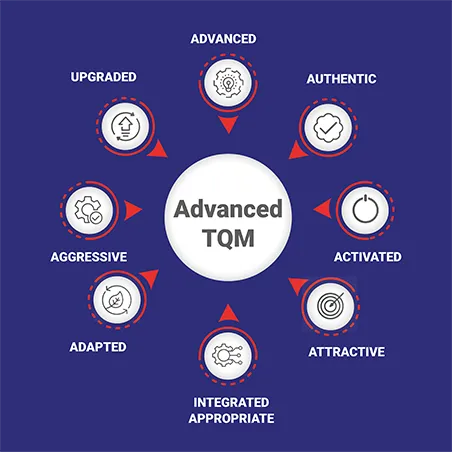
How Is Six Sigma Valuable For The Service Industry?
July 5, 2017
Understanding Lean, Six Sigma, And Lean Six Sigma
July 18, 2017How Can Six Sigma Prove To Be Beneficial In Healthcare Applications?
Six Sigma has found its application in the manufacturing industry since decades. And today, it also finds its usage in the services sector to improve business processes by greatly reducing the probability of an error or defect. Several healthcare facilities and hospitals have also adopted Six Sigma tools to improve quality care and achieve the highest level of efficiency in patient care. All kinds of variations and defects in healthcare processes are eliminated, and all procedures are streamlined, making them efficient and cost-effective, thus paving the way for improved care of patients. Even the smallest defect in the processes of healthcare procedures may lead to disastrous effects, sometimes as dreadful as death! This is why it is very important for healthcare industries and hospitals to have a Six Sigma certification in India so that they can effectively use Six Sigma tools in their applications. Other less dangerous yet most common defects in the healthcare industry include a long waiting time to consult the doctor, incorrect diagnosis of a disease, and incorrect treatment. All these defects must be removed as soon as possible to make life comfortable and secure for patients.
The DMAIC model of Six Sigma
Being a hands-on process, the healthcare industry witnesses a higher variance probability than any other business. Moreover, because the variables are very small in size, they cannot be quantified properly. But with Six Sigma practices applied, the improvements made can be measured through analytics. The major procedure of Six Sigma that should be applied is that of DMAIC (Define-Measure-Analyze-Improve-Control).
DEFINE
The identity and requirements of patients, measurement of process capabilities, and objectives of the process must be properly defined.
MEASURE
The data and metrics that provide improvement in performance like service level, clinical excellence, service cost, and patient satisfaction must be clearly and accurately measured.
ANALYZE
All the data must be collected and thoroughly analyzed with the best possible Six Sigma tools for better efficiency.
IMPROVE
Using Six Sigma tools, the best possible changes and alterations need to be implemented so that patient care procedures can be improved.
CONTROL
Once the tools and techniques for improvement have been recognized, all efforts must be put in to control, maintain, and monitor a steady level of improvement and growth in every aspect of patient care.
How can Six Sigma help to improve healthcare?
By utilizing the above explained DMAIC model of Six Sigma, the healthcare business and patient care approach can be highly improved. This is because Six Sigma reduces the errors caused by the entire staff including doctors, nurses, and technicians. It also reduces the waiting time for doctor appointments, and improves the turnaround time of diagnostic labs and departments. Six Sigma also makes insurance claim reimbursements much faster. And, all of this when combined together boosts up the satisfaction levels of patients! Remember, the higher the quality of healthcare and patient care, the more that particular healthcare provider will be preferred. So, have your entire team brush up on Six Sigma skills, or undergo a professional Six Sigma certification in India to improve your game and magnify patient satisfaction levels.





